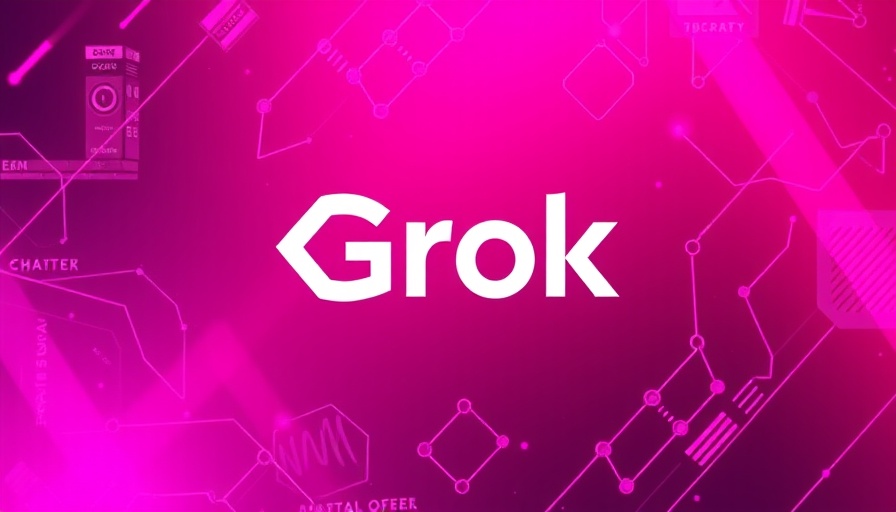
The Emergence of Grok 3: Redefining AI Capabilities
On February 17, 2025, amidst a whirlwind of advancements in artificial intelligence, Elon Musk's xAI officially unveiled Grok 3, touted as a "scary smart" upgrade from its predecessor, Grok 2. With unparalleled capabilities and a belief that it operates on a level dramatically superior to existing models, Grok 3 introduces significant developments, including its mini counterpart, Grok 3 mini, and an innovative search tool named DeepSearch.
Power and Resources Behind Grok 3
Grok 3’s training sessions utilized an impressive 200,000 Nvidia H100 GPUs, a figure that reflects a doubling of the resources allocated to Grok 2. Musk claimed that Grok 3 exhibits 15 times the computing power compared to Grok 2, emphasizing the extensive effort invested into the development with a supercomputer named Colossus stationed in Memphis, which took 92 days to expand. This not only showcases the ambition behind the project but also illustrates the aggressive pace at which xAI operates. As the AI landscape heats up with rivals like OpenAI and Anthropic releasing advanced models, the spotlight is squarely on Grok 3 to see whether it truly delivers on Musk's promises.
DeepSearch: A Game Changer for Information Retrieval
The introduction of DeepSearch marks a pivotal evolution in user interaction with AI models. Described as a "next-generation search engine," DeepSearch allows users to query Grok 3 and receive detailed outputs supported by references. This is notable as it contrasts with existing AI search tools, providing a process that displays Grok 3's reasoning behind answers. By unveiling the method by which queries are processed—from consideration to research—Grok 3 might offer users an unprecedented layer of transparency, showcasing its capabilities in real-time.
Addressing Competition: Can Grok 3 Keep Up?
Despite its promising launch, Grok 3 will contend with well-established models like OpenAI’s GPT-5 and Google’s Gemini, both of which highlight continuous improvements in AI functionalities. While Grok 3 has the upper hand in real-time data access, its competitors boast deeper analytical capabilities based on strong historical data. Analysts, such as Paul Schell, have pointed out the need for Grok 3 to not only showcase high-ranking benchmarks but also understand the wider business ecosystem, including strategic partnerships that solidify its market share.
The Path Forward for Grok 3 Users
Users can gain access to Grok 3 through the X Premium Plus tier, which has recently seen a price increase, now standing at $22. With plans for a specialized subscription service called SuperGrok in the pipeline, which aims to grant users access to cutting-edge features and higher image generation limits, Grok 3 is positioning itself as a serious contender in premium AI offerings. Nevertheless, potential users must weigh these costs against the existing capabilities of competing models, adapting their investments accordingly.
Key Takeaways: What Makes Grok 3 Stand Out?
As Musk's xAI continues to refine its offerings, Grok 3 emerges not just as an AI model but as a symbol of ambition within the rapidly changing landscape of technology. Its claim to be an order of magnitude more capable than Grok 2 invites both intrigue and skepticism among technology enthusiasts. With features such as DeepSearch, Grok 3 actively attempts to differentiate itself in a crowded market, yet it remains to be seen if it can maintain a competitive edge under pressure from titans in the AI arena.
 Add Row
Add Row  Add
Add 


 Add Row
Add Row  Add
Add 

Write A Comment